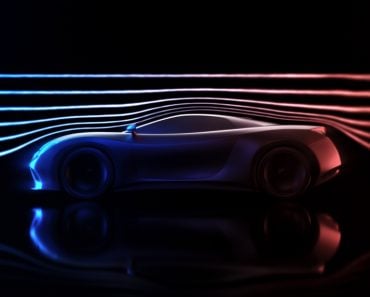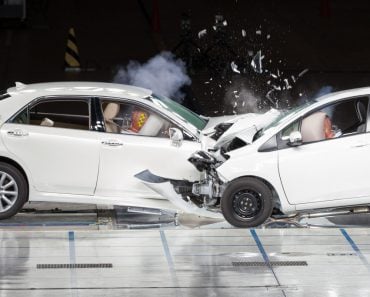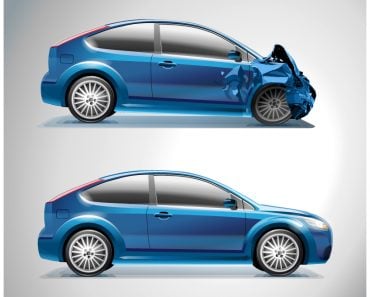Concept cars are prototypes with radical design and engineering elements that might not necessarily be profitable or useful.
Every now and then, you may come across certain cars—or just pictures of them—that look unlike anything you ever see on the road. They never seem to escape from behind the velvet ropes and security to actually make it onto the road.
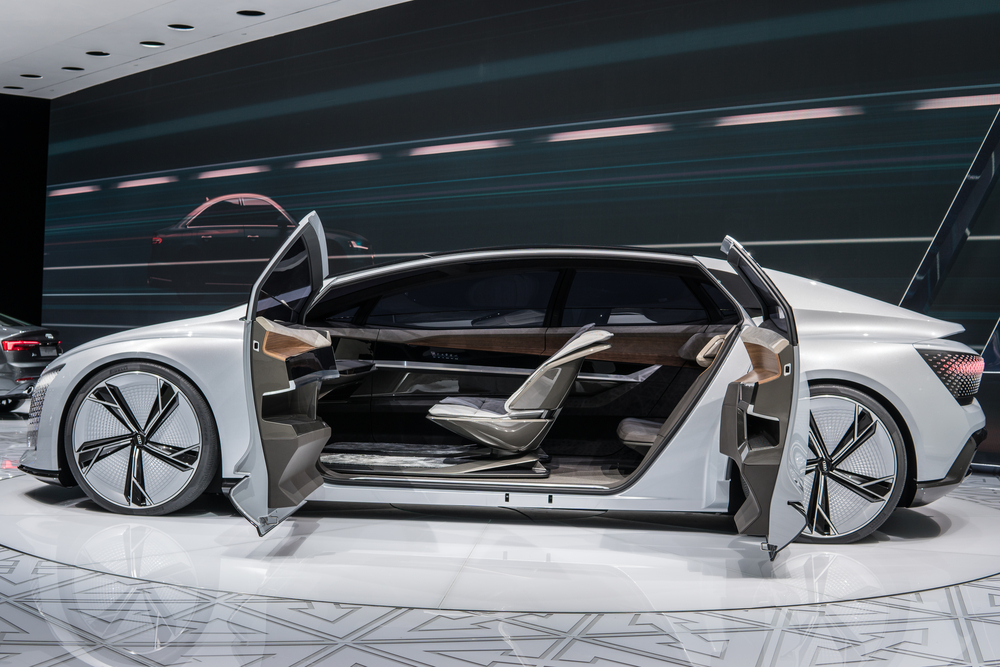
These tantalizing vehicles, also known as concept cars, evade all our desperate yearning, as they are consigned to oblivion year after year. Why do they exist in the first place? And if they do, why don’t we see them on road? Buckle up, because we’re about to find out!
Before we dive into why concept cars never make it to the road, it’s important to understand what they stand for. Concept cars may or may not be prototypes that lead to production units. Depending on how well they have been thought through, they can either be drawing board experiments, or real-life models. From computer renderings and sketches, through clay or wax models, to scale models and life-sized vehicles, concept cars span the full spectrum.
Recommended Video for you:
Why Do Manufacturers Build Concept Cars?
Here’s a fun fact – most concept cars never see the light of day. Very few are built with the intention to be preserved, and even then, they’re not fully functional. Even so, car makers put in the effort to build them, often expending considerable resources in the process. Here’s why.
Proof Of Concept
It is not enough for a vehicle to look great on paper; it must live up to its purpose in real life. Concept cars are the best way to prove (or disprove) theories pertaining to design and engineering.
They serve as a great test bed for employing new technologies, design languages, features, materials and more.
Design Superiority
Concept cars are often developed with exuberant budgets and relaxed timelines. A break from the usual optimization, trade-offs and cost-cutting measures, they afford manufacturers room to innovate and explore their full potential.
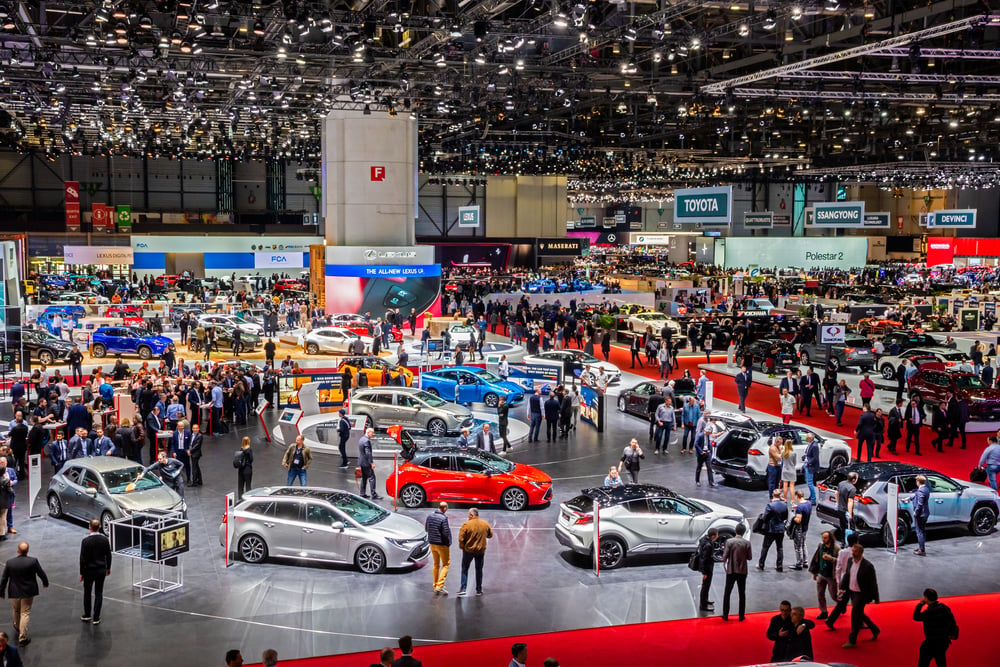
At trade fairs and auto shows, they also serve as great marketing tools, exhibiting the manufacturer’s prowess across various facets of car building.
Insight Into Future
While outrageous concepts are important to earn top bragging rights, they often reflect a manufacturer’s interpretation of the future. The features, engineering and designs showcased in concept cars may find their place to some extent in newer models.
Why Then, Are Concept Cars Not Manufactured?
1. Non-compliance To Regulations
All vehicles using public roads must adhere to certain rules. These rules are aimed at safety for occupants as well as outsiders. Some of these include:
- Limiting the power delivered by the engine to reduce mishap
- Avoiding the use of sharp design elements that increase risk of injury to vulnerable road users.
- Presence of crumple zones and other safety features that demand dedicated space

As concept cars are designed with a lot of liberty, they may sidestep some or more of these rules. Due to this, they are unsuitable for public roads, and consequently, for mass production.
2. Cost Of Manufacturing On A Large Scale
The features included in concept cars can be quite ahead of their time, or even very expensive. If put into production, this would increase their price, making them less attractive to customers. For instance, a concept car with a premium sound system or heads-up display might not be relevant to a production car aimed at the average customer. Including such features can drive up costs, adversely impacting sales.
3. Impracticality Of Design
Production vehicles are designed to fit the largest possible demographic, both aesthetically and functionally. Concept cars, on the other hand, are not necessarily built with a customer in mind. While their creation can be a great engineering or design exercise, it holds little utility for traditional customers.
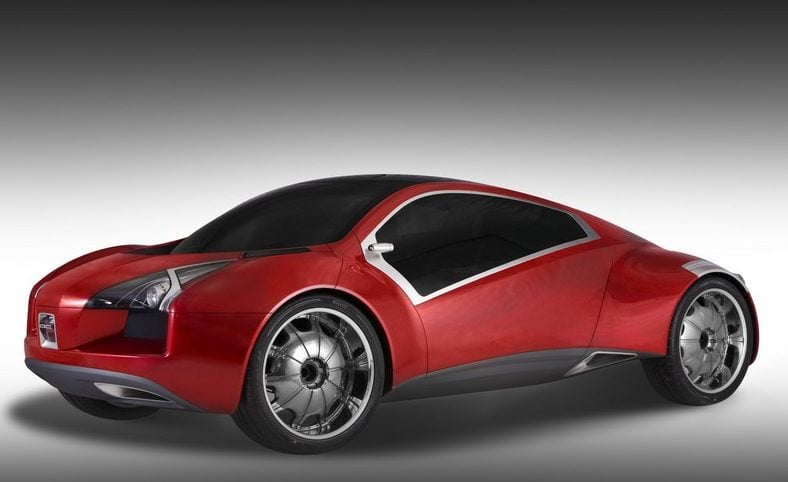
Consider, for example, a car made of exotic materials that result in skin-like creases when the doors open. Or perhaps there is a car that has strategically placed foam pads instead of seats for weight reduction. Furthermore, some cars may feature fully functional aircraft engines as a show of engineering prowess.
While these models push boundaries of material science and engineering, they add little value to potential customers’ lives. Sometimes, a potentially useful technology might be too ahead of its time, and its importance might be lost on customers.
4. Culmination Of Various Features
Sometimes, concept vehicles may comply with all regulations and still not enter large-scale production. This happens when a company uses a single vehicle to convey future plans to its customers. In such cases, one or more components may be modified before the car is actually produced for sale.

What Happens To Concept Cars At The End Of Their Life?
After the purpose of a concept car has been served, they are usually subject to one of the following:
- Complete dismantling/destruction to safeguard an organization’s intellectual property
- Preservation in the manufacturer’s facility for marketing and legacy purposes
- Selling to museums or private collectors, with complicated regulations in place to prevent them from being registered for road use.
Relevance Of Concept Cars
Apart from being unavailable for reuse, there is another disadvantage to concept cars. While they may seem extremely futuristic when they first catch your eye, the novelty wears off over time.

Design becomes obsolete with time. Thus, concept cars lose relevance over time; what appears futuristic at one time isn’t necessarily in vogue in the said future. Car makers must focus on what customers want over their own preferences. That said, concept cars are usually designed with their mind about a decade in the future.
A Final Word
Concept cars are a great way of showing customers what they may want in the future. More importantly, they are about showing customers what they don’t even know that they wanted!
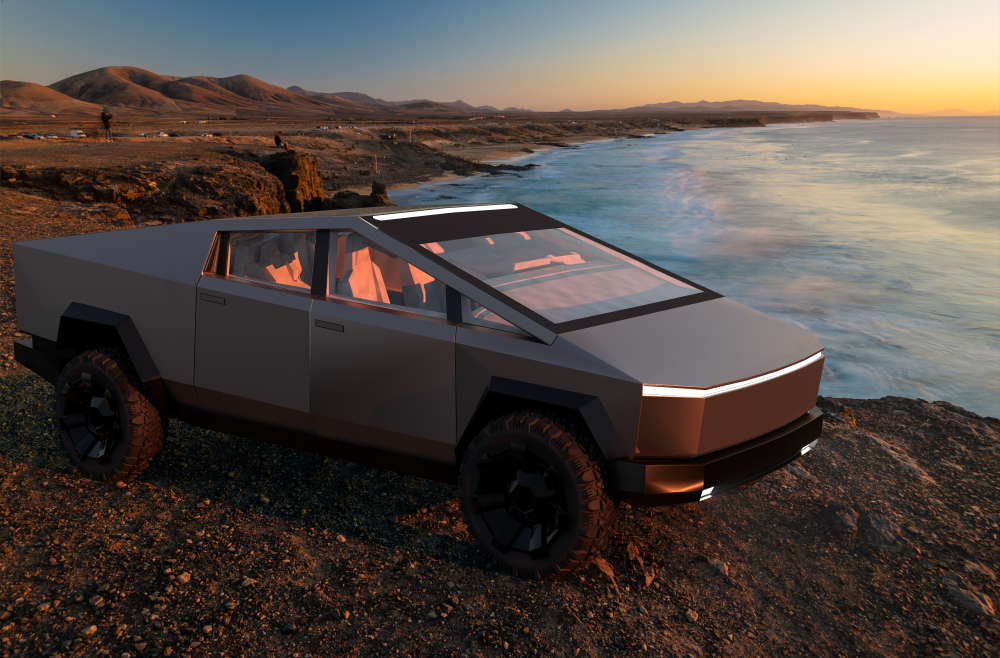
Emerging electric vehicles will fundamentally change design principles for people, opening the floodgates for even more striking concepts that will blow your mind!


